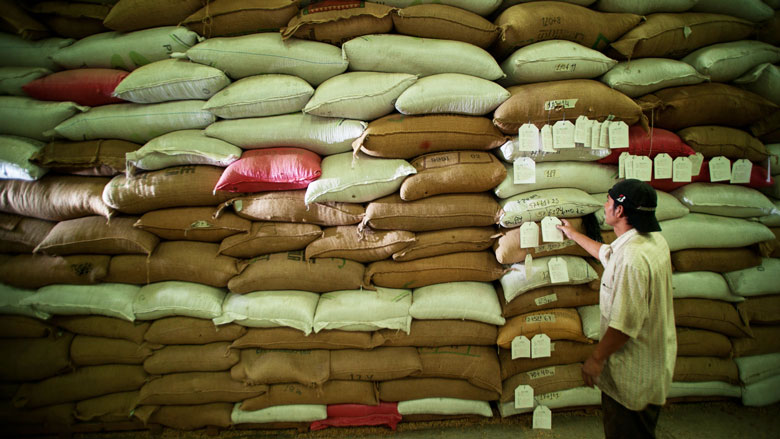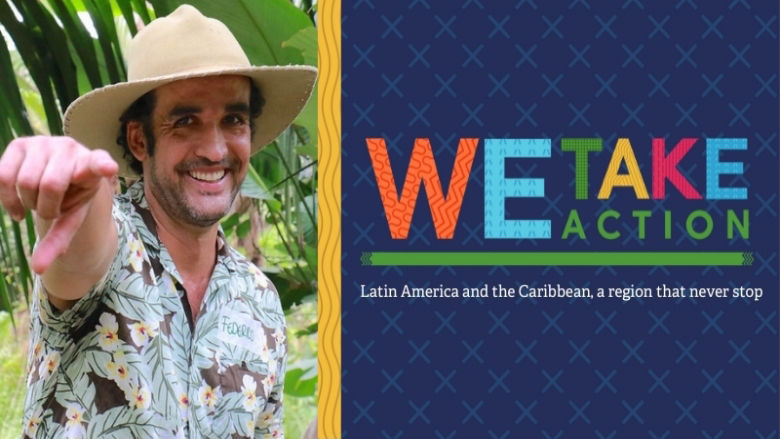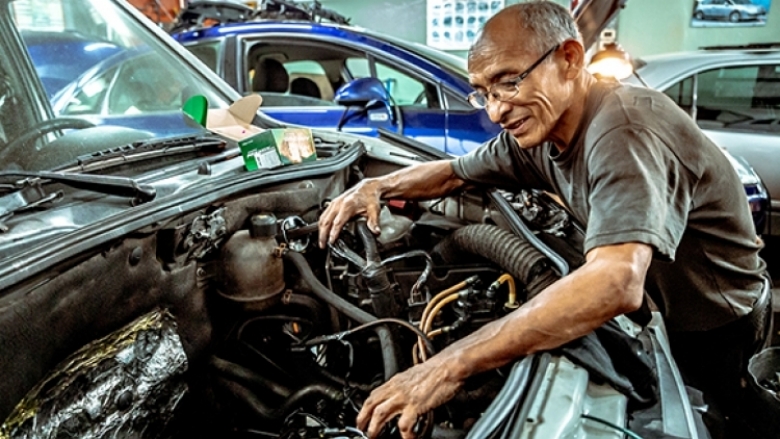Latin America and the Caribbean is a region full of opportunities, with endless stories of strength and creativity, a region that does not stand still, that transforms itself to face adversities. The World Bank works with governments, the private sector, and civil society for education, inclusion, and resilience in the face of climate change to end poverty on a livable planet.
The region has made slow but steady progress in overcoming the imbalances created by the pandemic, including rising inflation pressures, global economic uncertainty, and higher debt; even poverty and employment have returned to pre-pandemic levels.
Despite fully recovering the GDP lost after the pandemic shock, economic growth is again lagging behind all other regions of the world, with regional average growth projected at 1.6% in 2024. The region will continue to be impacted by the adverse effects being experienced at the global level, such as lower commodity prices, high-interest rates in the Group of Seven (G7) countries, and China and Europe's shaky recovery.
Losses in household income caused by the pandemic have not fully recovered, especially for the middle class. The average poverty rate now stands above pre-pandemic levels at 30.3 %. And inequality, as measured by the Gini coefficient, has declined slightly in most countries, although largely due to falling incomes among the top quintiles of the income distribution.
Most countries, with a few exceptions, show improvements in the reduction of inflation. It is estimated that average regional inflation is 3.5 %, below the 5.7 % of the Organisation for Economic Co-operation and Development (OECD).
Overall, employment has returned to 2019 levels, including for women, but real wages remain stagnant and often below 2019 levels. Less educated workers and older adults are lagging the furthest behind in the recovery, while informality has remained mostly stable since 2019.
In order to curb the rise in inflation and improve productivity and employment, the region needs to be more competitive. Competition can drive national manufacturers to adopt new products and technologies, thereby improving companies’ productivity. Global market integration has helped to create more competitive environments, which has facilitated the dissemination and adoption of innovations that improve efficiency. At the same time, competing in dynamic and demanding national markets is the best way for companies to prepare themselves for export.
In education, the losses caused by the pandemic have had a significant impact on learning levels, plunging the region into its worst crisis in 100 years. According to the latest PISA results, three out of four 15-year-olds are below basic in mathematics and one out of two is below basic in reading. On average, 15-year-old students in the region are 5 years behind the average student in OECD countries. Catching up is complex but possible, so it needs to be addressed immediately.
The region is currently experiencing the worst migration crisis in its history. In addition to the traditional flows from Central America and Mexico to the United States, Venezuela and Haiti have experienced significant outflows of persons. More than 7.5 million Venezuelans have left their country since 2015, while 1.7 million Haitians are abroad, adding to the two million internally displaced.
This situation is exacerbated by the increasingly devastating effects of climate change, which have already caused significant economic and social losses. Hurricanes, floods, and droughts are becoming more frequent, and it is estimated that, by 2025, 17 million people could be forced to flee their homes. Moreover, nearly 5.8 million Latin Americans and Caribbean people could fall into extreme poverty by 2030 due to the impact of climate change, especially because of a lack of potable water and increased exposure to excessive heat and flooding.
The pandemic accelerated digitalization, but the full potential of the region's wiring for growth, inclusion, and service delivery remains untapped. Progress has been made in expanding basic mobile Internet connectivity, with a coverage gap of only 7 % of the population, while two-thirds of households have fixed Internet connections. Even so, the low quality of services remains a major problem and disparities persist, with 74 % of urban households having access to fixed Internet, but only 42 % of those in rural areas.
Last Updated: Apr 10, 2024









